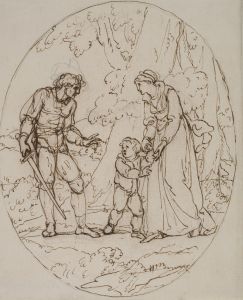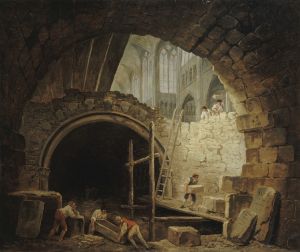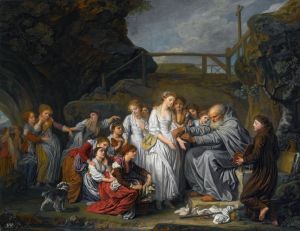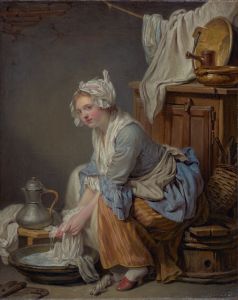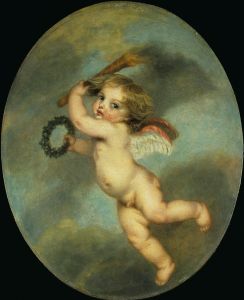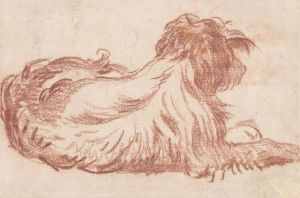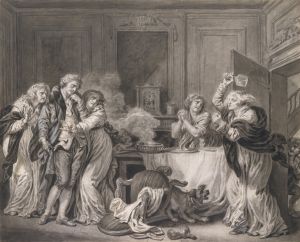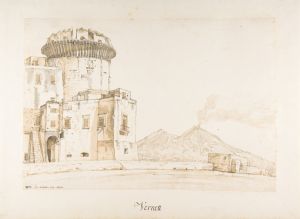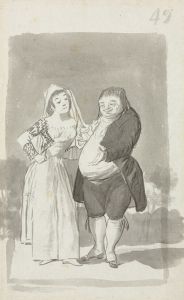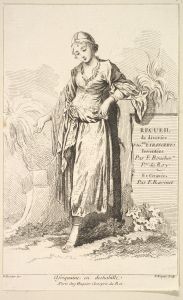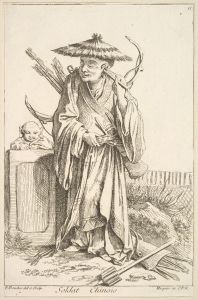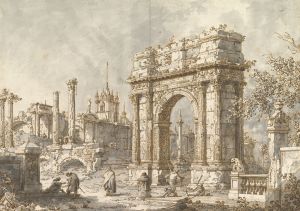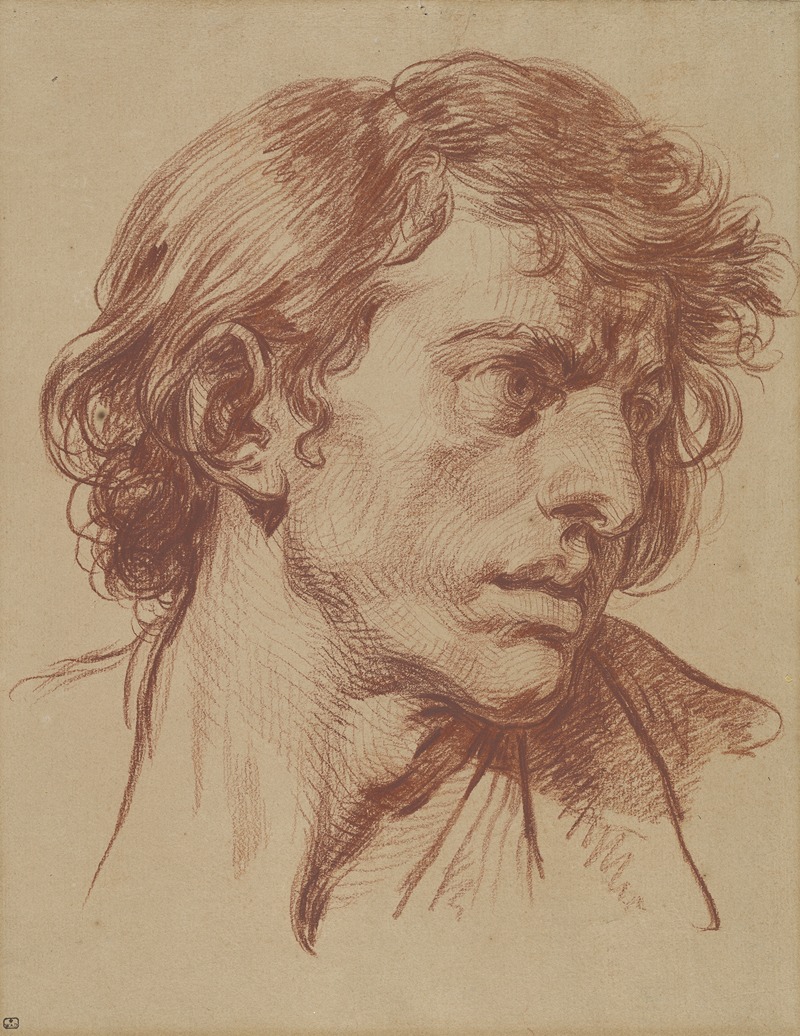
The Ungrateful Son
A hand-painted replica of Jean-Baptiste Greuze’s masterpiece The Ungrateful Son, meticulously crafted by professional artists to capture the true essence of the original. Each piece is created with museum-quality canvas and rare mineral pigments, carefully painted by experienced artists with delicate brushstrokes and rich, layered colors to perfectly recreate the texture of the original artwork. Unlike machine-printed reproductions, this hand-painted version brings the painting to life, infused with the artist’s emotions and skill in every stroke. Whether for personal collection or home decoration, it instantly elevates the artistic atmosphere of any space.
"The Ungrateful Son" is a painting by the French artist Jean-Baptiste Greuze, who was known for his genre paintings that often depicted moralizing themes. Greuze was born on August 21, 1725, in Tournus, France, and became one of the prominent painters of the 18th century. His works are characterized by their detailed portrayal of everyday life and their emotional depth.
"The Ungrateful Son" was created in 1777, during a period when Greuze was at the height of his career. The painting is a fine example of his ability to convey complex human emotions and moral lessons through his art. It depicts a dramatic scene in which a young man is shown in the act of leaving his family home, seemingly in a state of rebellion or defiance. The expressions and body language of the figures in the painting convey a sense of tension and sorrow, highlighting the theme of familial discord.
In the composition, the central figure of the son is seen turning away from his parents, who appear distressed and pleading. The mother is shown with a look of despair, while the father seems to be in a state of shock or disbelief. The other family members, including siblings and possibly grandparents, are also depicted with expressions of concern and sadness. This emotional tableau is set within a modest interior, which adds to the sense of realism and immediacy.
Greuze's use of light and shadow in "The Ungrateful Son" enhances the dramatic effect of the scene. The lighting focuses on the central figures, drawing the viewer's attention to the emotional core of the painting. The detailed rendering of the characters' faces and gestures further emphasizes the narrative of familial strife and the consequences of the son's actions.
The painting reflects the moralistic tone that was prevalent in much of Greuze's work. During the 18th century, there was a strong emphasis on moral education and the importance of family values. Greuze's paintings often served as visual lessons, illustrating the virtues and vices of human behavior. "The Ungrateful Son" can be seen as a cautionary tale about the dangers of ingratitude and the pain it can cause within a family.
Jean-Baptiste Greuze's ability to capture such poignant moments in his paintings earned him considerable acclaim during his lifetime. He was admitted to the Royal Academy of Painting and Sculpture in 1769, where he was recognized for his contributions to the genre of moralizing art. However, his popularity waned towards the end of his career, and he faced financial difficulties in his later years.
Despite these challenges, Greuze's work has continued to be appreciated for its emotional depth and technical skill. "The Ungrateful Son" remains a significant example of his talent for storytelling through art and his commitment to exploring the complexities of human relationships.
Today, "The Ungrateful Son" is held in the collection of the Louvre Museum in Paris, where it continues to be admired by visitors from around the world. The painting stands as a testament to Greuze's enduring legacy as a master of genre painting and a keen observer of the human condition.





